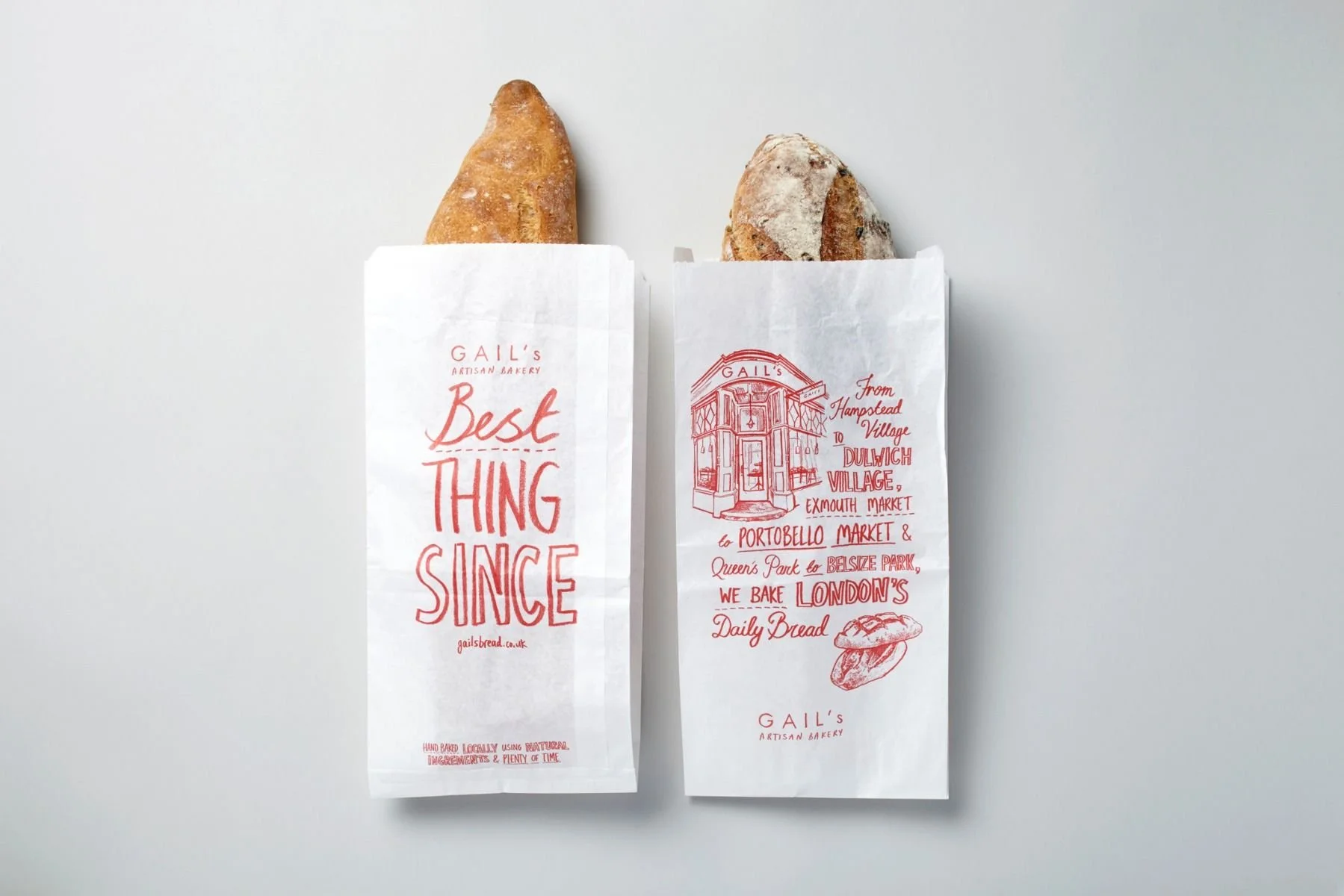The Art of Brand Consistency: Maintaining a Cohesive Image in a Global Marketplace
In today's interconnected world, businesses have the incredible opportunity to expand their reach beyond borders and connect with diverse audiences. However, this global marketplace comes with its own set of challenges, particularly when maintaining a consistent brand image across different cultures, languages, and markets. Let's dive deeper into strategies that allow businesses to uphold a cohesive brand identity while catering to the nuances of a global marketplace.
1. Robust Brand Guidelines:
In the journey to maintain brand consistency across a diverse global landscape, robust brand guidelines are your North Star. These comprehensive documents should cover every aspect of your brand, from visual elements like logo usage, typography, and color palettes to tone of voice, messaging, and brand positioning guidelines. By establishing clear and well-documented guidelines, your teams worldwide will have a solid foundation to refer to when creating marketing materials or communicating on behalf of the brand.
2. Local Adaptation:
While brand consistency is essential, a cookie-cutter approach won't suffice in a global marketplace. The key is striking a balance between maintaining your brand's core identity and adapting to local cultures and preferences. Work closely with local experts or agencies to gain insights into cultural norms, language nuances, and regional preferences. Tailor your messaging, visuals, and even product offerings to resonate with the unique needs of each local audience while staying true to your overarching brand values.
3. Centralized Control:
Maintaining a cohesive brand image globally doesn't mean relinquishing control. Establish a centralized approval process to review and approve marketing materials before they go live in any market. This ensures that all content aligns with the brand guidelines and maintains a consistent voice, look, and feel. Centralized control allows you to mitigate the risk of unintended variations and deviations that might dilute your brand's integrity.
4. Collaborative Workflows:
In a global marketplace, knowledge sharing is paramount. Foster a culture of collaboration among your global teams. Regularly scheduled meetings, workshops, and brainstorming sessions enable teams from different regions to exchange insights, share best practices, and learn from each other's successes and challenges. Collaborative workflows help ensure that all teams are aligned in their understanding of the brand's essence and how it should be communicated.
5. Technology and Tools:
Leverage technology to facilitate and streamline brand consistency efforts. Digital asset management systems (DAMs) provide a centralized repository for brand assets, making it easy for teams worldwide to access the latest logos, images, and marketing collateral. Marketing automation tools can help automate consistent content distribution across different markets while allowing for localized customization where necessary. Embrace these tools to ensure your brand consistency efforts are efficient and effective.
Maintaining a cohesive brand image in a global marketplace requires a delicate balance between consistency and adaptability. By developing robust brand guidelines, embracing local adaptation, centralizing control, fostering collaborative workflows, and utilizing technology, businesses can successfully navigate the challenges and opportunities of global branding. Remember, a well-executed global brand strategy not only resonates with diverse audiences but also strengthens your brand's presence on a worldwide scale.

